Building strong, defined biceps doesn’t require a gym membership or fancy machines. With a little creativity and consistency, you can train your arms right at home—no equipment needed. Whether you’re just starting out or looking to add variety to your routine, these bodyweight biceps exercises will help you see real results.
Can You Really Train Biceps Without Weights?
Absolutely. While biceps curls with dumbbells are a go-to for many, your bodyweight offers powerful resistance when used correctly. The key is to focus on controlled movements that target elbow flexion—the primary function of the biceps.
Best Biceps Exercises at Home Without Equipment
1. Isometric Biceps Squeeze
-
How to do it: Clench your fists and pretend you’re curling heavy weights. Squeeze your biceps as hard as you can for 30 seconds, rest, and repeat.
-
Why it works: This mimics a contraction under load, stimulating muscle tension even without weights.
2. Towel Curls (with Resistance)
-
How to do it: Loop a towel around one leg and perform a curl using the leg’s weight as resistance. Alternate sides.
-
Why it works: This creates active resistance, allowing for a curling motion with an external load.
3. Negative Wall Pulls
-
How to do it: Stand close to a sturdy door frame, grip both sides, and slowly pull yourself toward it using your arms—then lower back slowly.
-
Why it works: This emphasizes the “eccentric” phase of movement, great for muscle growth.
4. Reverse Plank Curl
-
How to do it: From a reverse plank, bend your elbows slightly to lift and lower your body weight, engaging your biceps throughout.
-
Why it works: Uses your body weight in a levered position to activate the biceps.
5. Table Edge Rows
-
How to do it: Lie under a sturdy table, grip the edge, and pull your chest toward it, like an inverted row. Focus on squeezing your arms as you pull.
-
Why it works: Simulates a row, which activates the biceps along with your back.
A Personal Routine That Worked for Me
During the lockdown, I had no access to the gym and had to rely entirely on bodyweight training. My biggest concern was losing arm size—especially my biceps. I committed to a five-day-per-week home routine, centered on isometric holds and towel-based resistance. To my surprise, I not only maintained size but improved definition. The secret wasn’t intensity—it was consistency and slow, controlled reps. Pushing myself with every set, even without weights, proved more effective than I expected.
Tips for Progress
-
Use slow reps: Count to three during each rep’s upward and downward motion to increase time under tension.
-
Train to fatigue: Push each set until your biceps feel thoroughly worked.
-
Stay consistent: Results come from doing the work regularly, not occasionally.
Final Thoughts
Training biceps at home without equipment is not just possible—it’s powerful when done right. The key is to focus on form, tension, and consistency. You don’t need a rack of dumbbells to build arms that look and feel strong. Just your body, your effort, and the discipline to keep going.




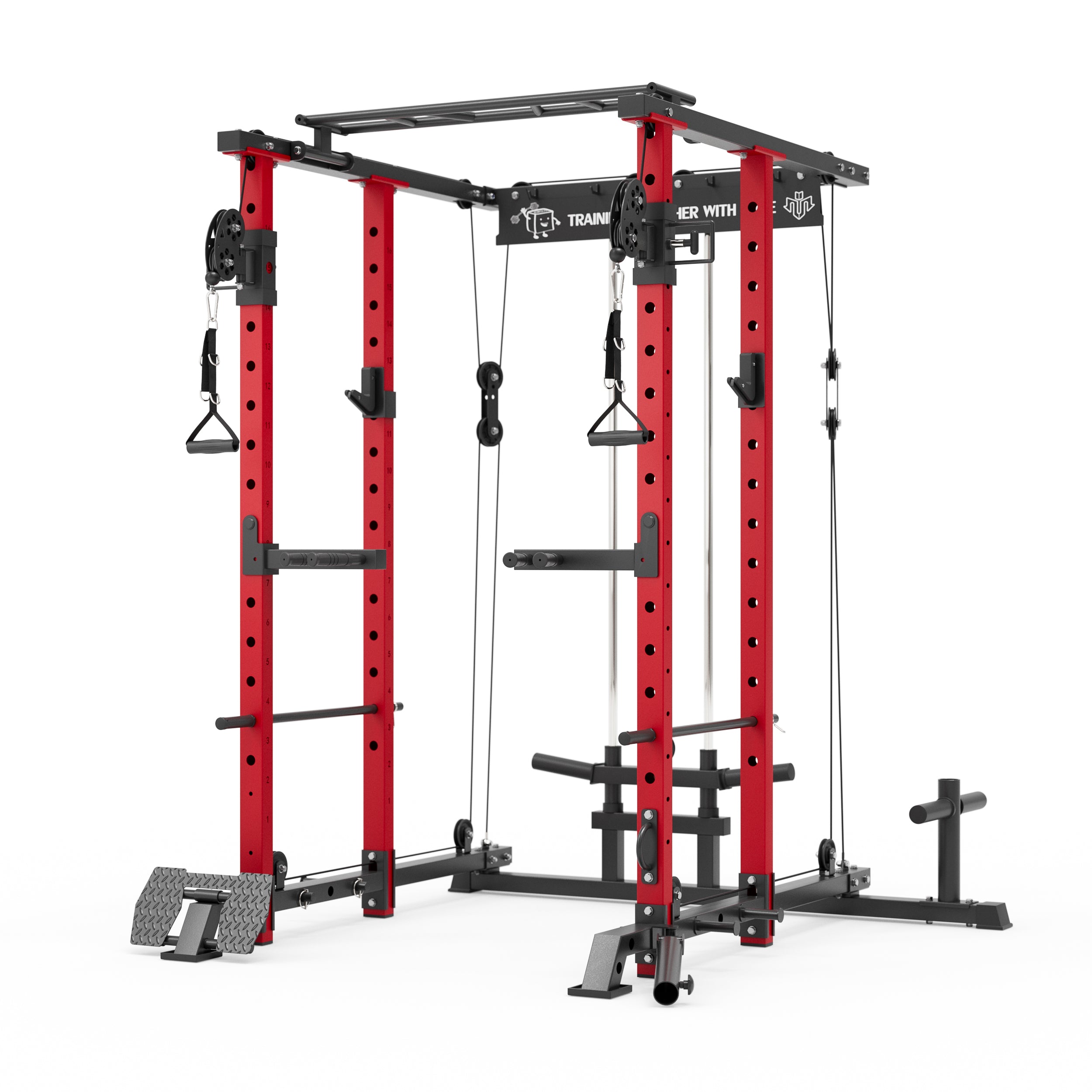


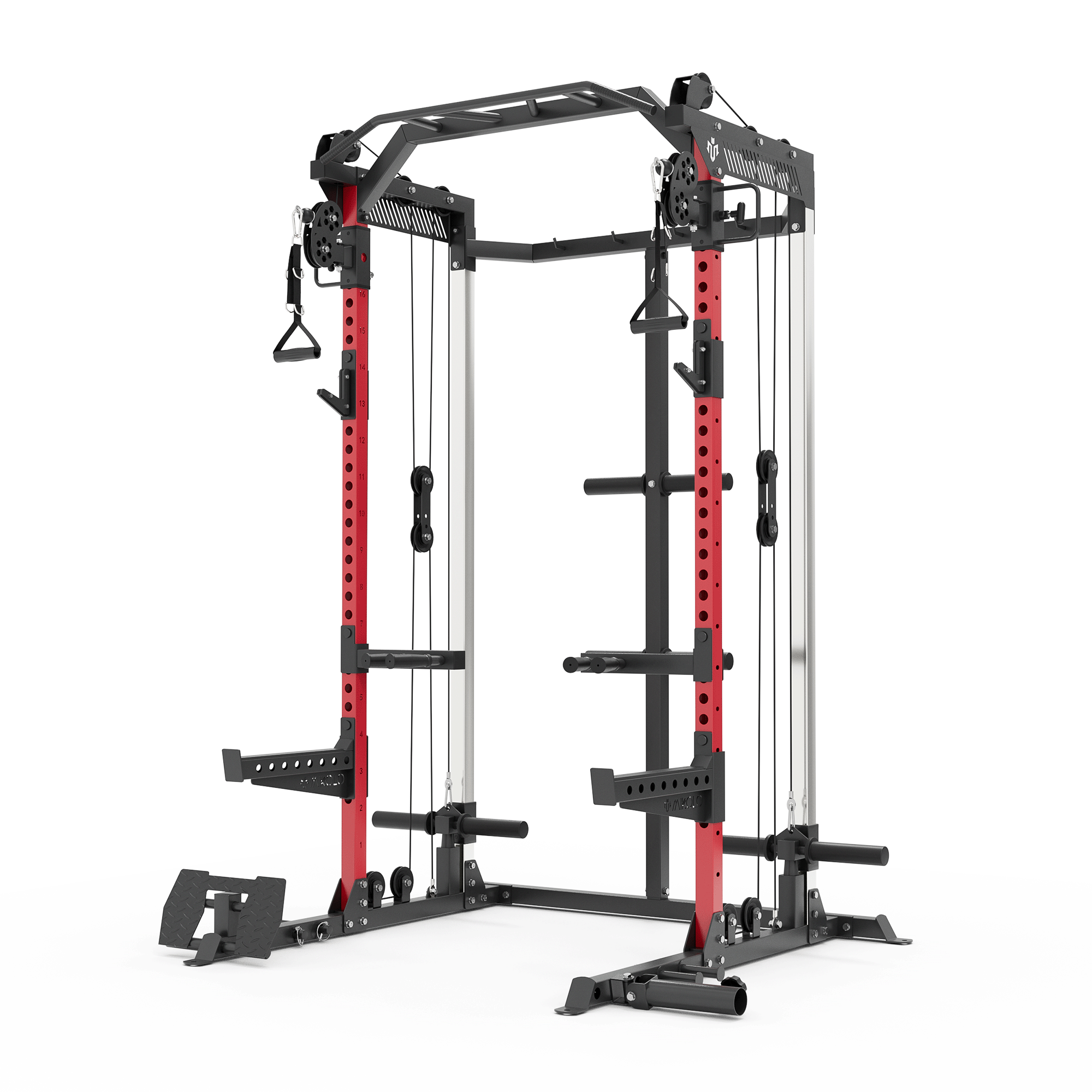



















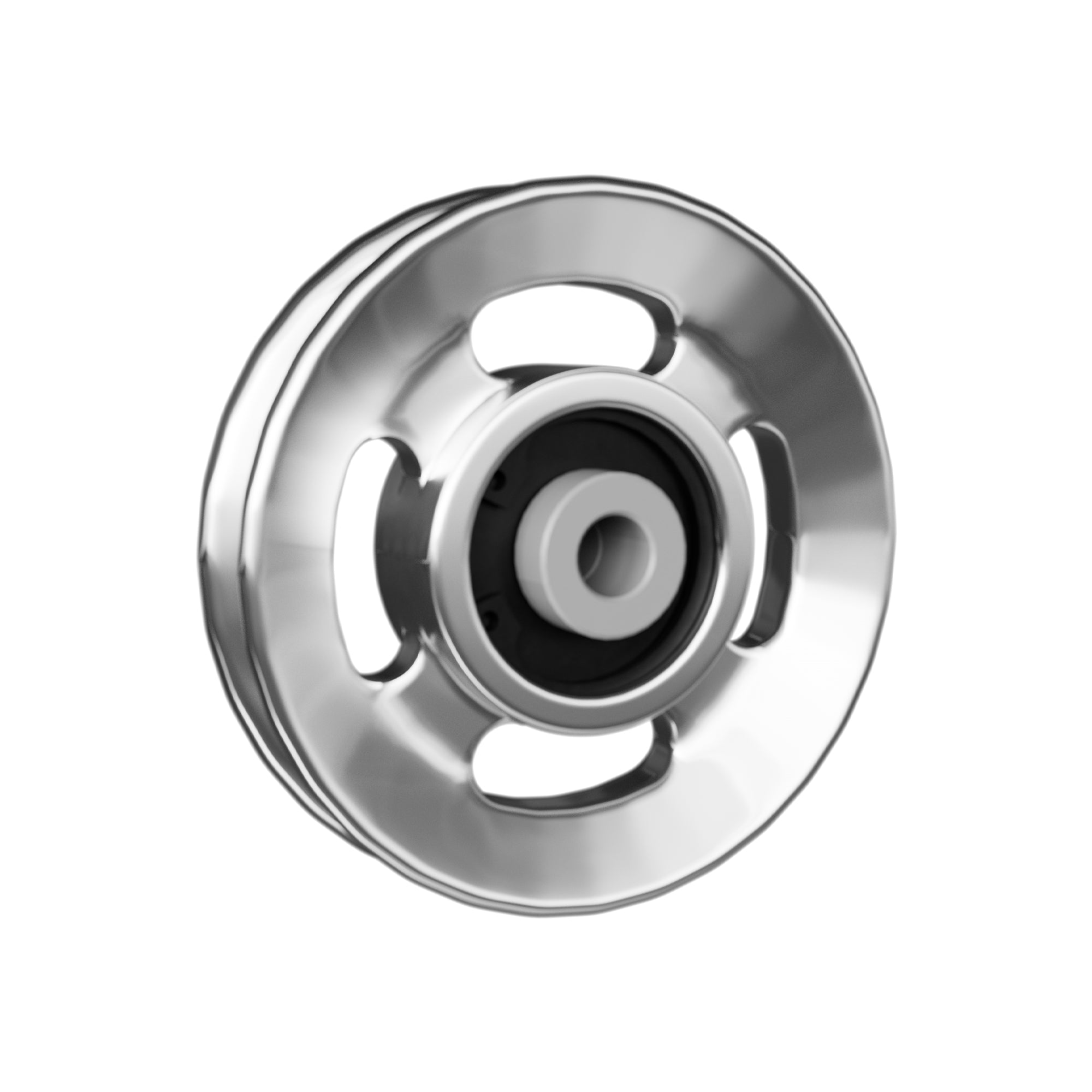



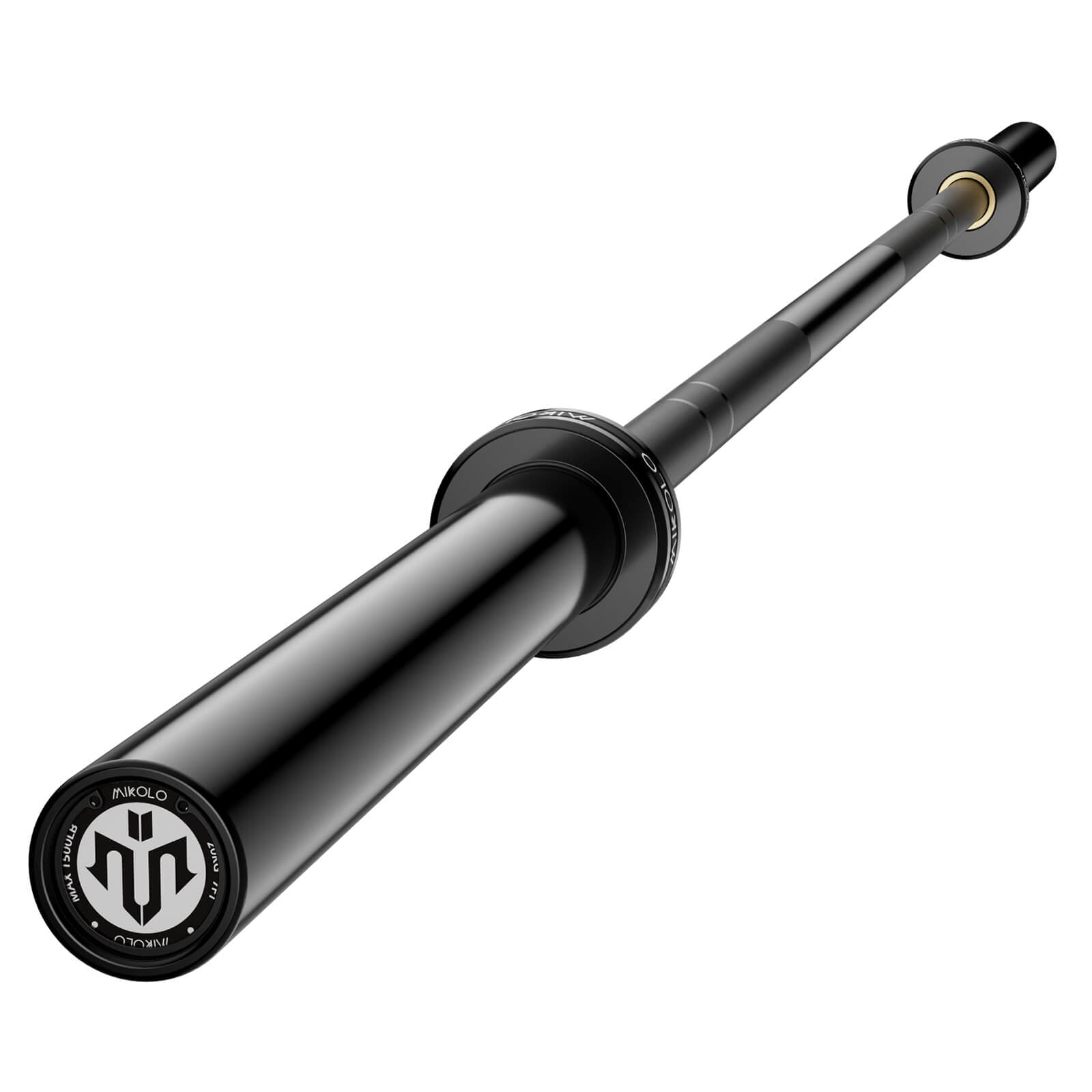
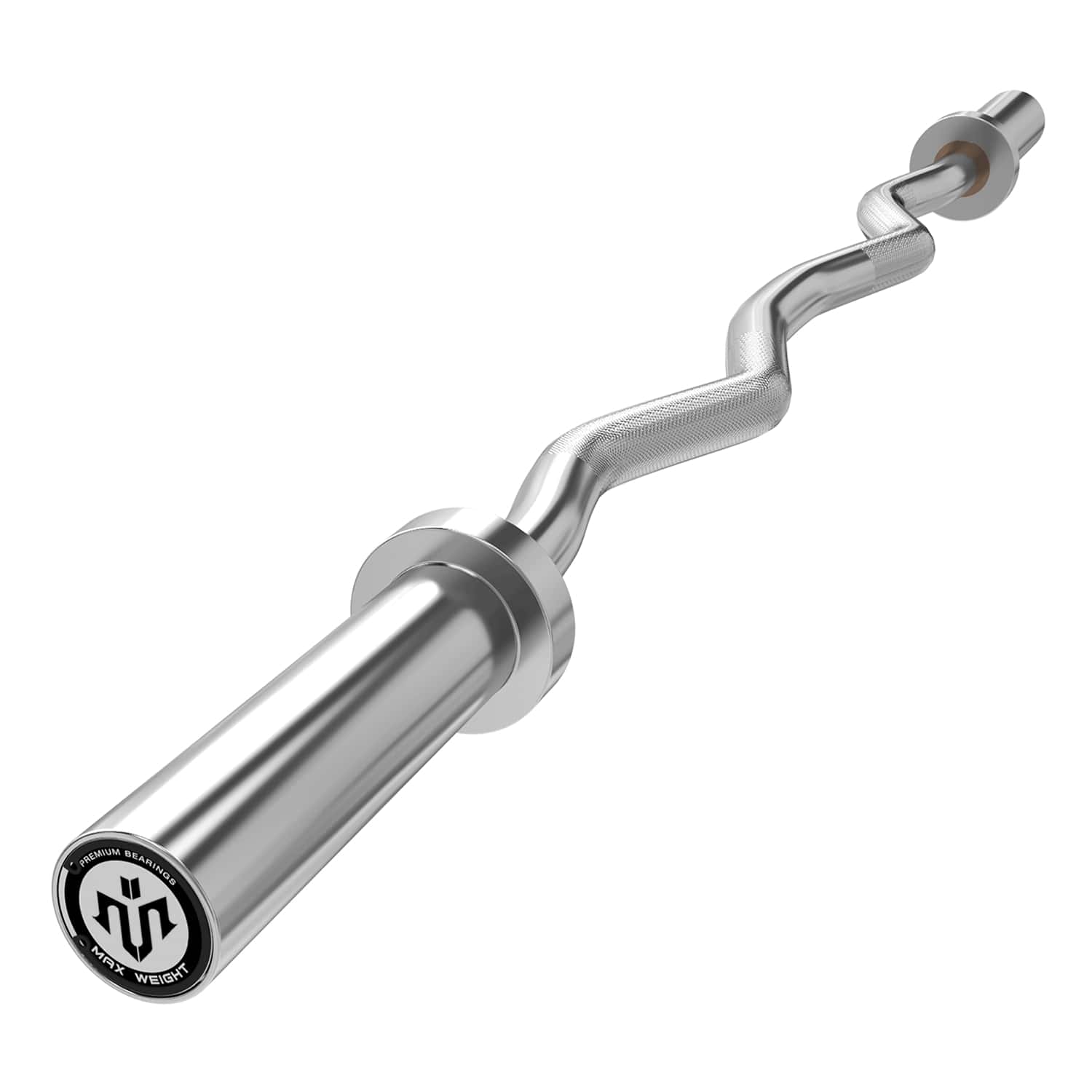







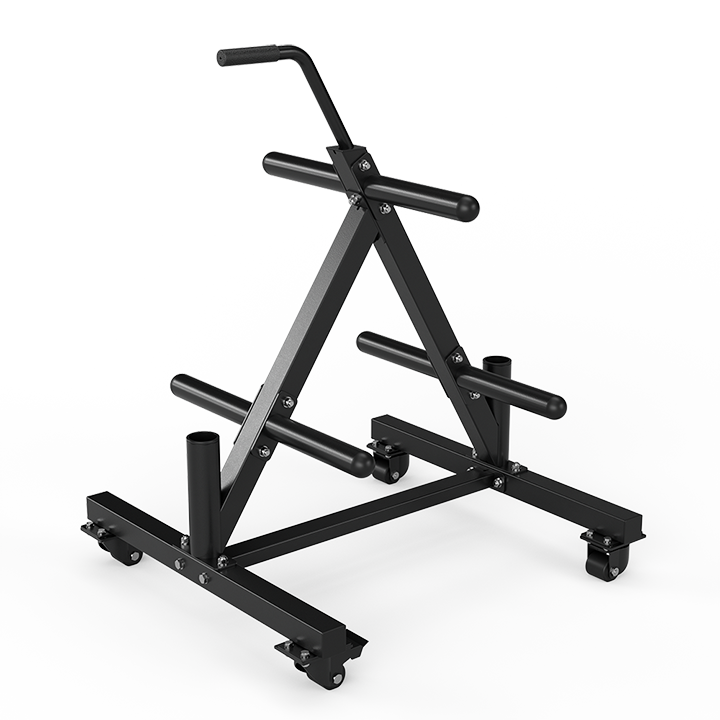





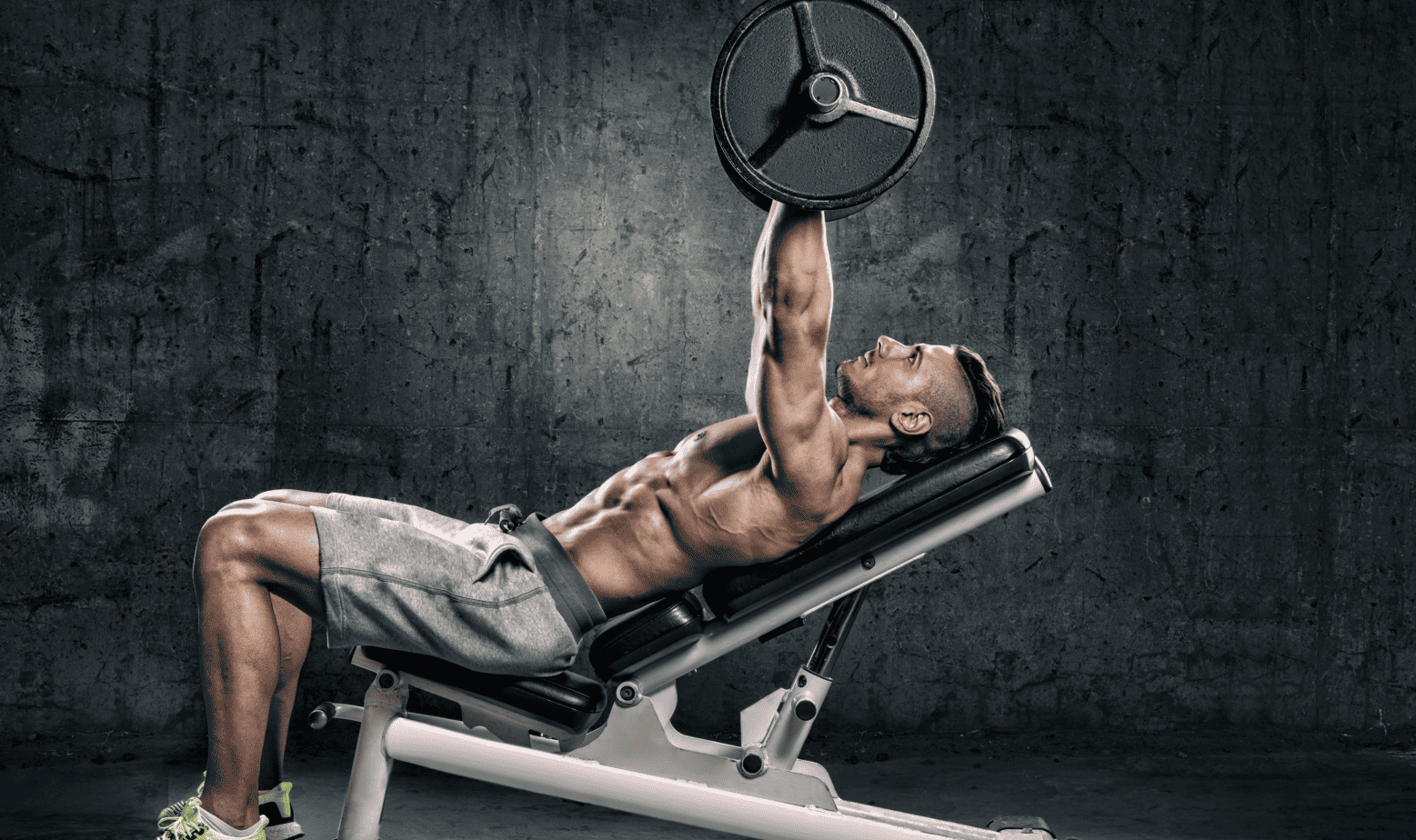
Leave a comment
This site is protected by hCaptcha and the hCaptcha Privacy Policy and Terms of Service apply.